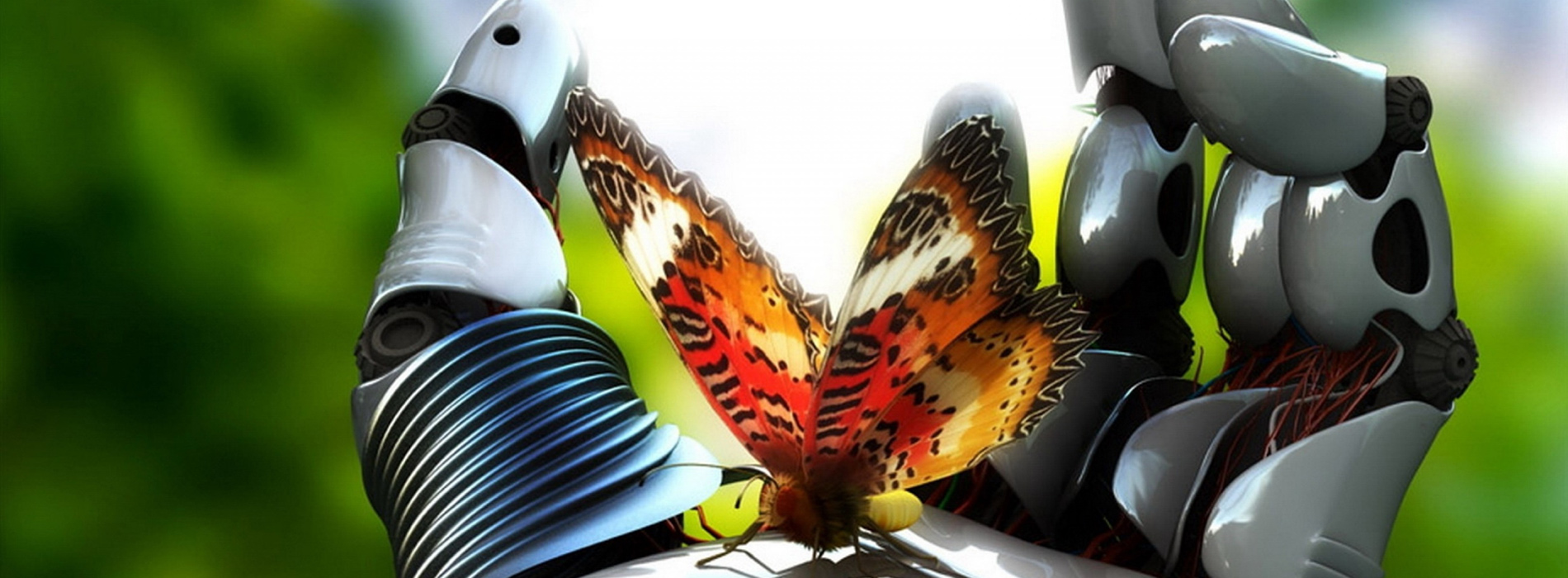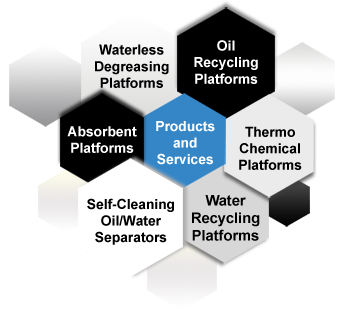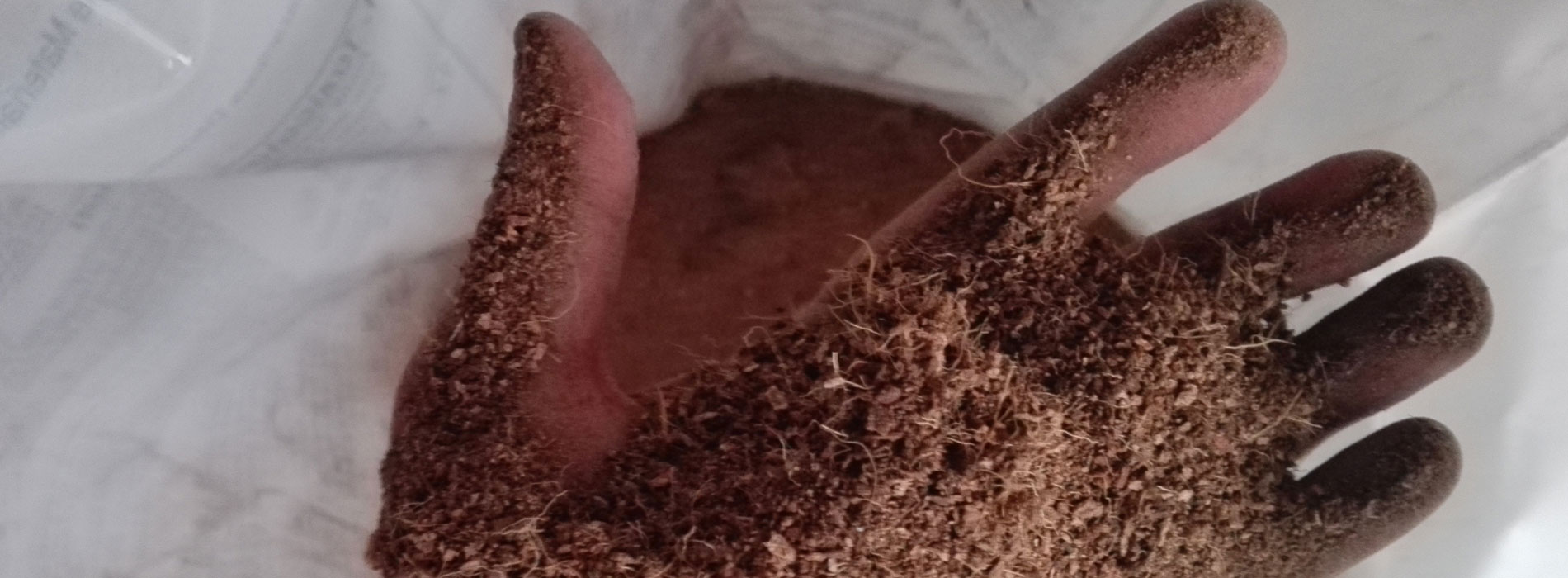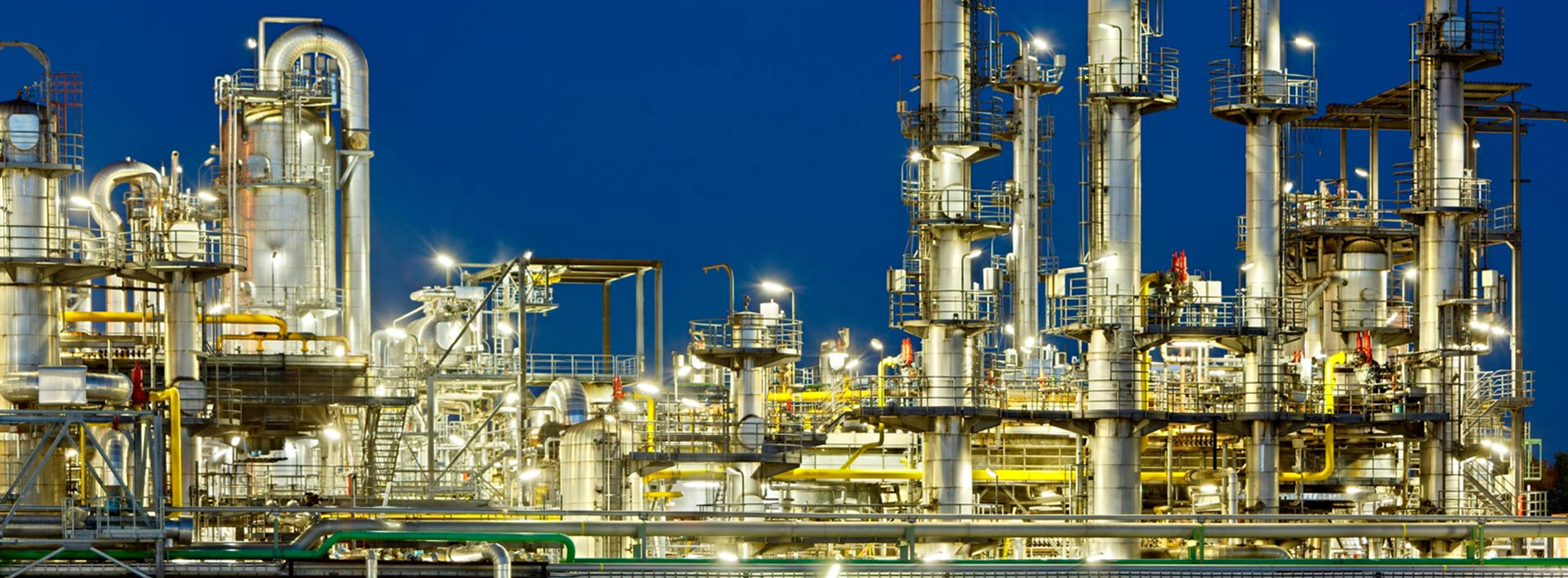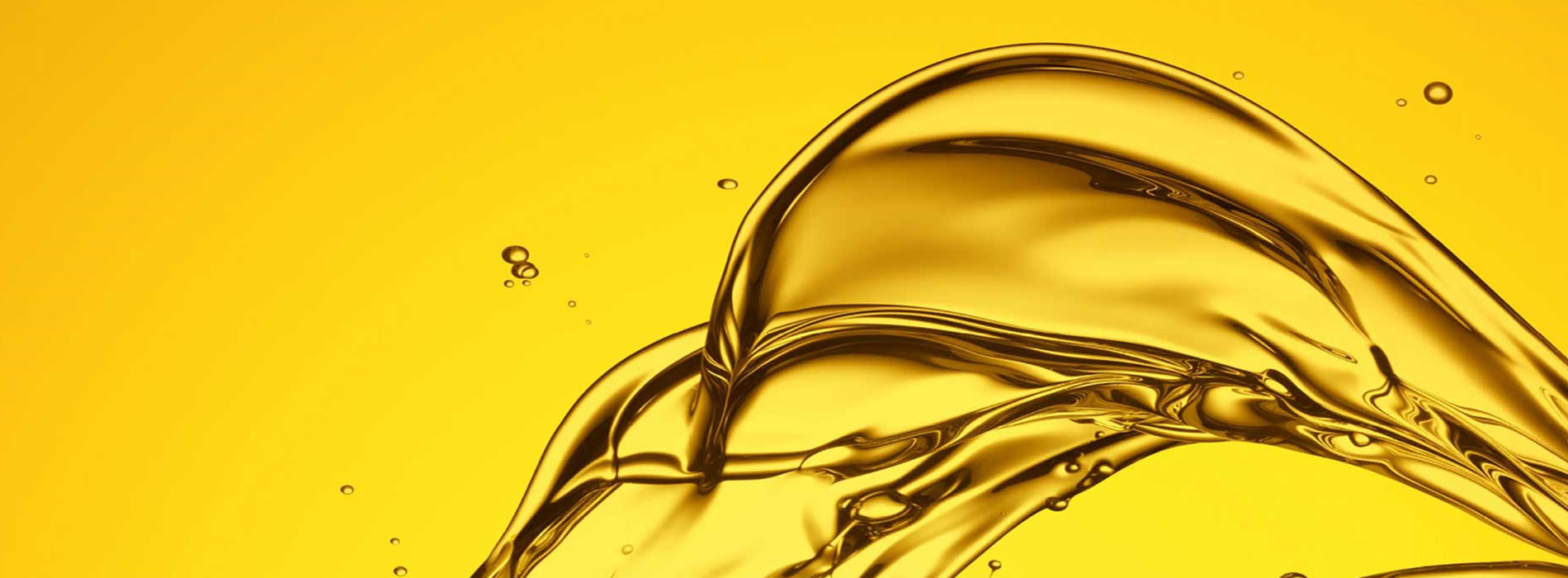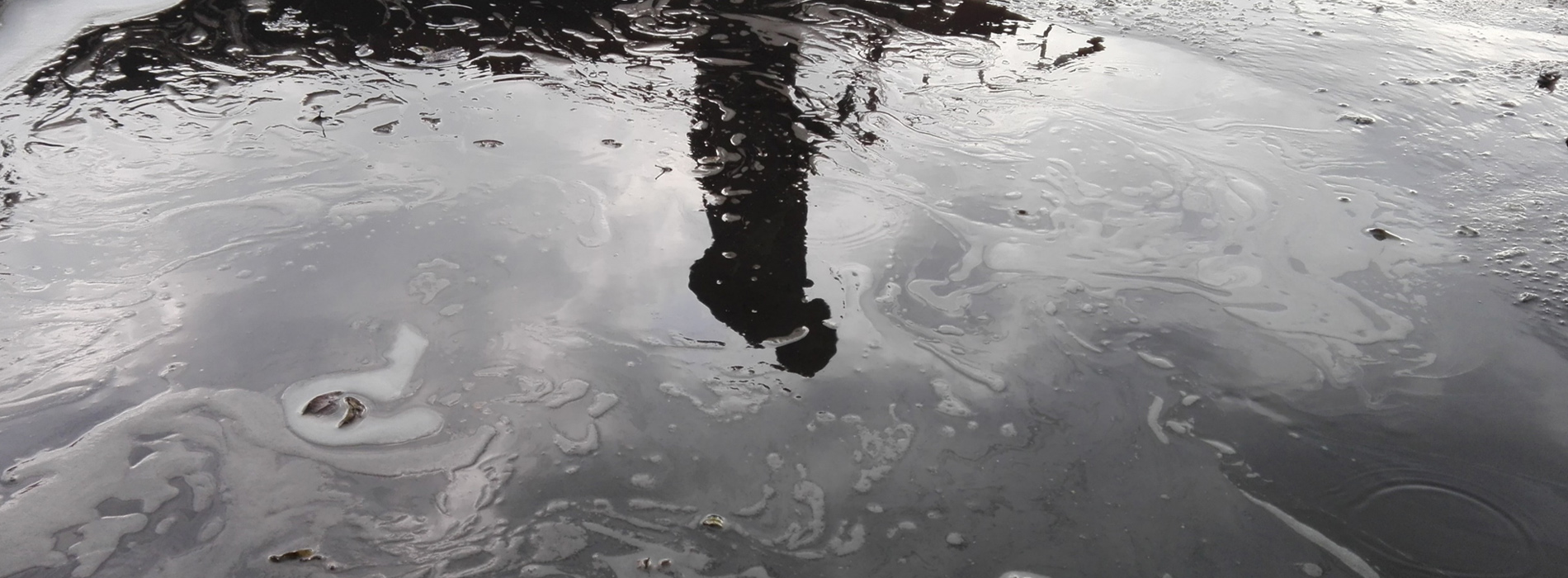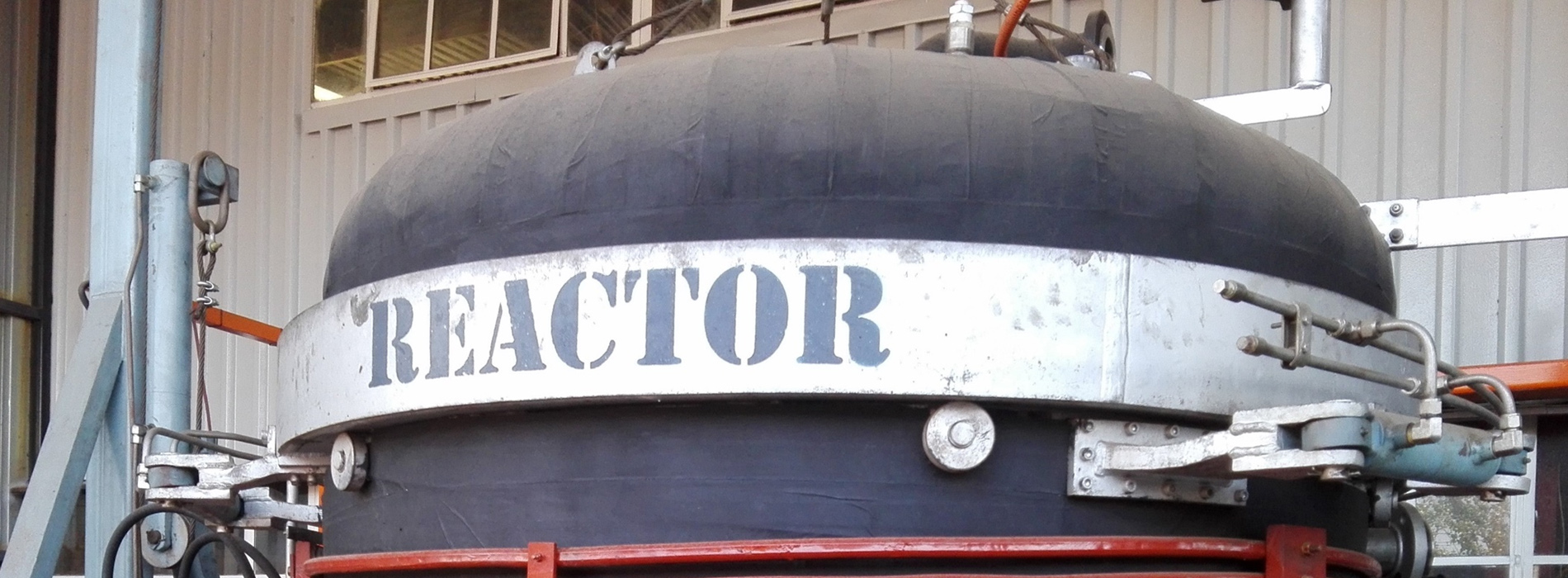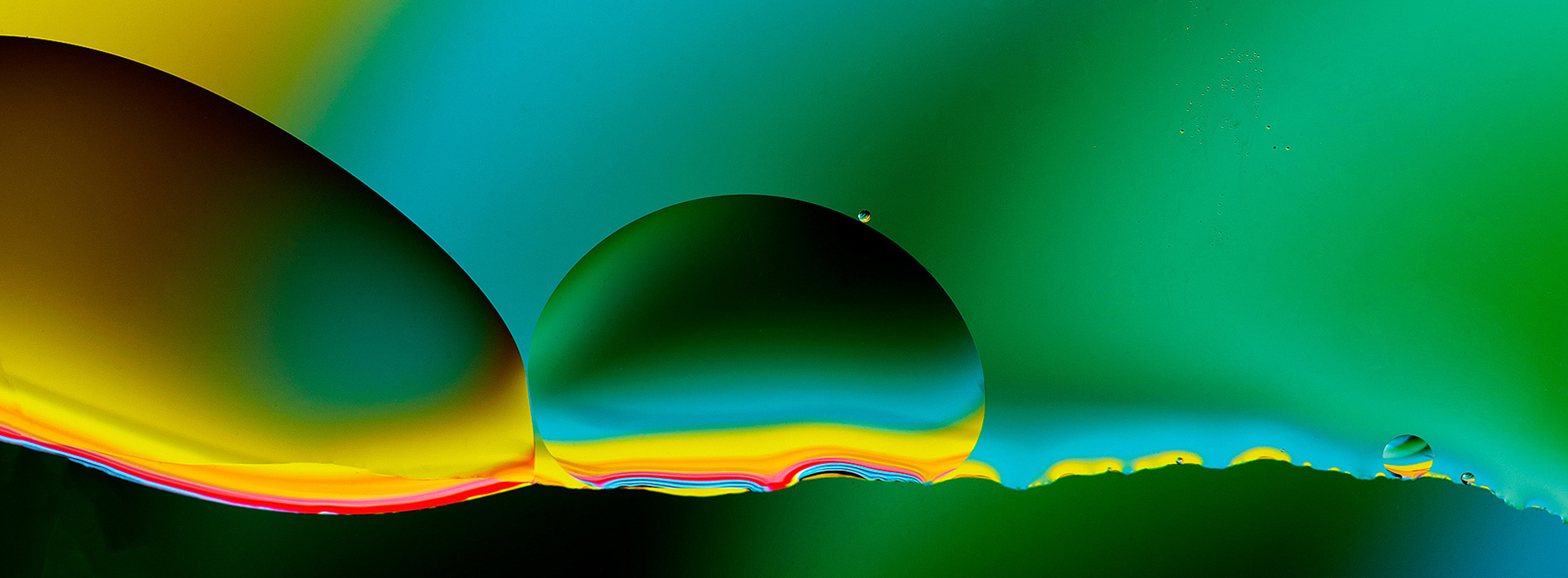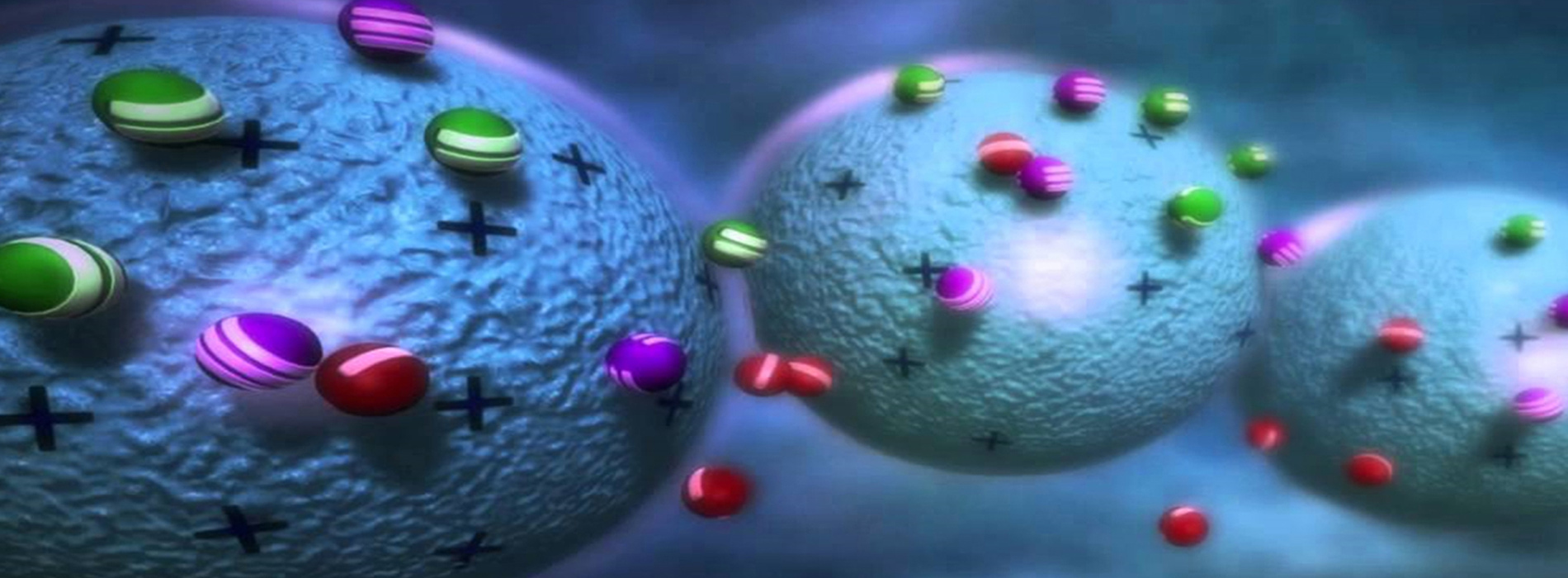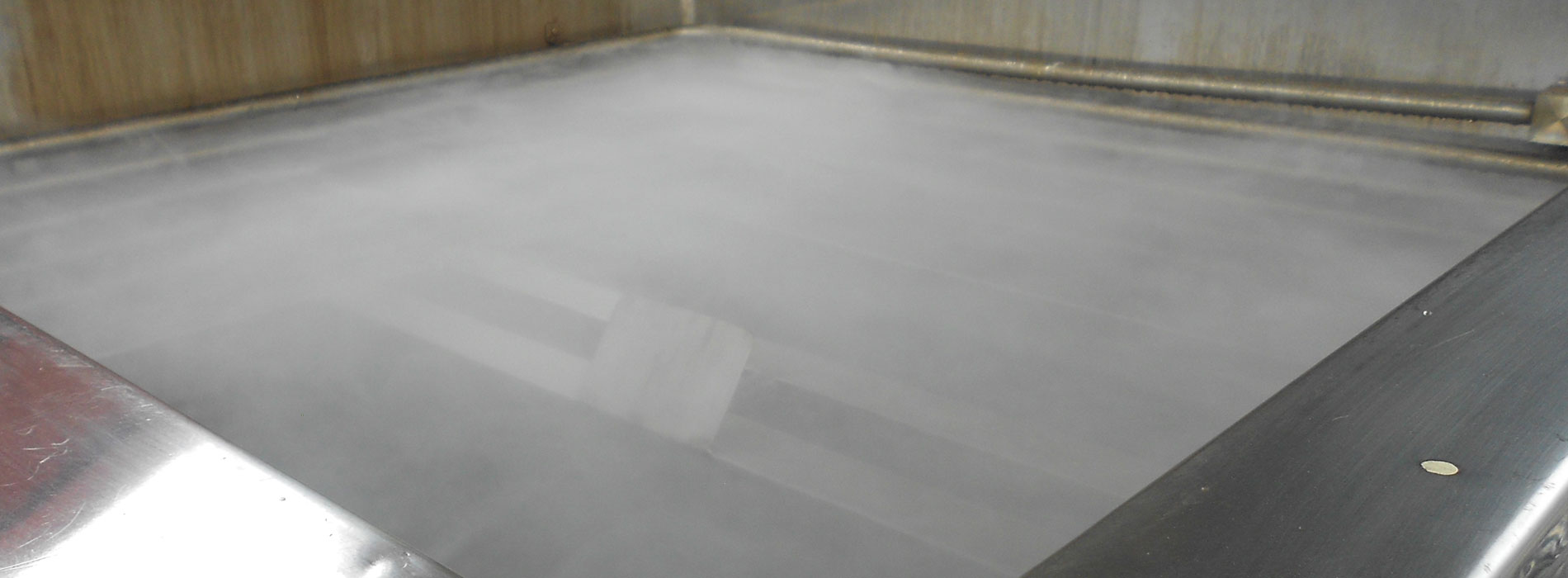The difference between self-cleaning water separators & self-cleaning oil separators
Self-cleaning water separators and self-cleaning oil separators are essential devices for businesses in several industries that require purified liquids. Water separators are used to separate water from heavy chemicals like oils and gasoline, whereas self-cleaning oil separators are used to purify chemicals like oil and gasoline from solids.
How does a self-cleaning water separator work ?
Self-cleaning water separators work like conventional water filters but are made specifically to separate oils from samples of water. The devices consist of several important components, two of the primary ones being the weirs and skimmers which are responsible for the separation of water from oil.
These components essentially work in tandem to collect oils from the topmost layers of water samples.
How does a self-cleaning oil separator work?
Self-cleaning oil separators on the other hand are much more complex as they separate liquids from solids. To do this, the chemical flows into the bowl through a feed pipe before entering a distributor where the separation takes place. The liquid is then accelerated in a rotational direction by the bowl, the phase in which the light substances (the chemical being treated) are separated from the heavier solids.
To achieve this, the liquids flow to the centre of the bowl while the solids are accelerated out towards the diameter of the bowl. The two substances are then expelled into the two upper chambers of the separator where two centripetal pumps allow them to flow into the outlet pipelines for distribution.
Which self-cleaning separator should you use?
This depends on the task at hand. If you merely require water purification, a water separator is your best bet. If you require oil and gasoline purification however, oil separators are your best bet. To learn more about self-cleaning water and oil separators, get in touch with us today!

